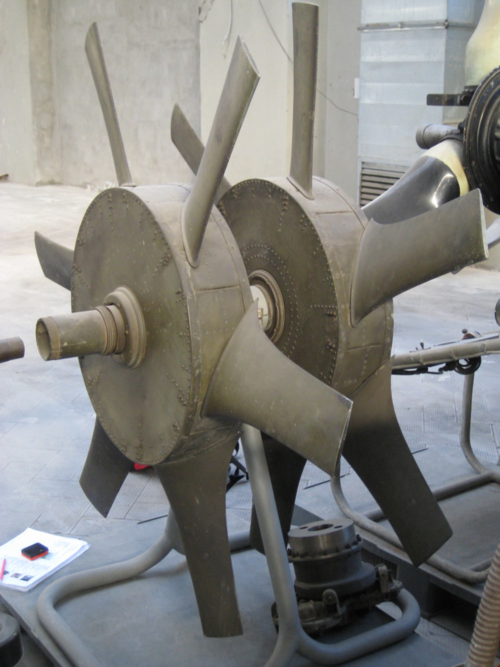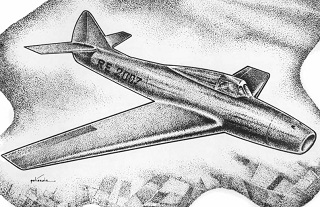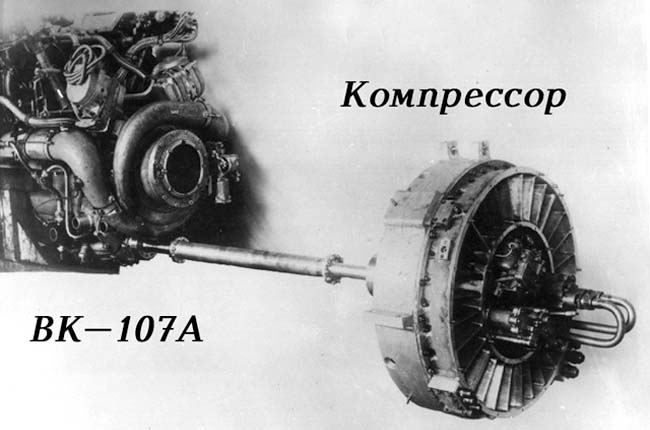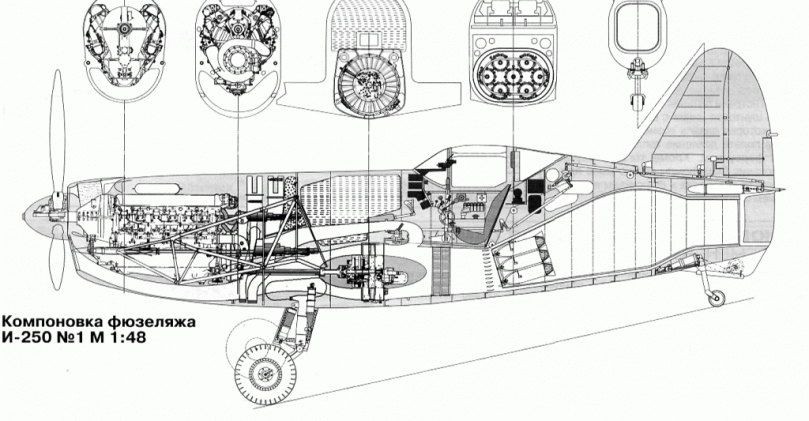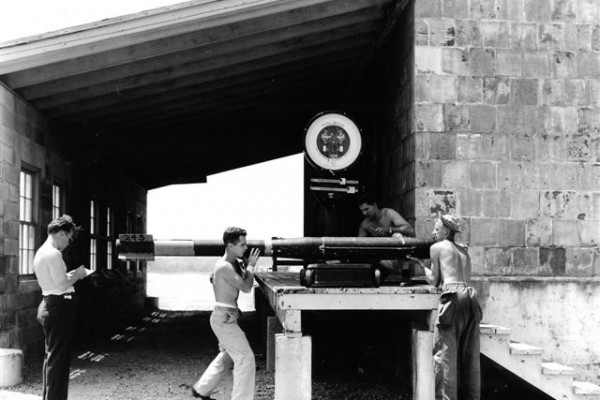but at the same time the only great power apparently not having some research on gas turbines?
Gas turbines required VERY advanced metallurgy to be efficient and durable. In late 1930s - early 1940s, essentially only one country have the metallurgy level required. It was Great Britain.
A clear demonstration of what happens when you build gas turbines with inadequate metallurgy is Germany's jet program. German WW2 turbojets were hopeless; unreliable, underpowered, with ridiculously short service life.
Why do you think only the UK had the requisite knowledge? And why do you think it was metallurgy holding the Germans back?
On gas turbines, Brown Boveri in Switzerland was at least as advanced, and in some ways ahead of the British. This company produced the world's first supersonic wind tunnel designed by Jacob Ackeret for testing of compressibility of airfoils in steam turbines and turbochargers. This was in the late 20's - early 30's. They were at least as far advanced as Griffith was in England. By WW 2, Brown Boveri had one of the, if not the, largest collections of data on turbine blade profiles in Europe.
While this company had little interest in turbojets, their data proved critical to the German effort to build theirs during the war.
In the US, Stanford Moss at GE arguably placed the first patent on a gas turbine in 1904 and by 1940 had easily the largest collection of data on gas turbine compressor blade airfoils in the world. Moss and GE's interests too were not in building a turbojet but rather something akin to a turboprop--that is shaft horsepower like a steam turbine--and turbochargers for aircraft. In turbocharging this is why the US could make such liberal use of them reliably in aircraft during the war.
GE's database on blade profiles was what made it possible for the US to quickly start turning out reasonably efficient and reliable turbojet designs of their own once the British showed them a working one. It wasn't that the US, or Switzerland, France, etc., didn't have data on the essential components of a turbojet, but rather the application of gas turbines to aircraft was something they hadn't considered.
In France, Rene Armengaud and Charles Lemale at Rateau worked on gas turbines to much the same effect as Ackeret and Moss did. Armengaud died in 1909 and the work at Rateau on these fell to a minimum.
Certainly in metallurgy the US was right with Britain and had access to the necessary metals to alloy these. Germany's issue during the war was simply a lack of sources to get the requisite metals to make high temperature alloys in quantity. It was also a matter of how German laws governed corporations. Monopolies were allowed in Germany at the time for example. This can be seen in the tungsten carbide industry for example.
In Germany, Krupp held patents on manufacture of tungsten carbide. Their subsidiary, Hartzmetallzentral (I think I spelled that right) was the sole supplier of TC in Germany. They made just three grades and would only supply one grade to any company other than Krupp. This pretty much made TC both expensive and inaccessible to most companies in Germany.
In the US there were dozens of companies making TC by the late 30's. With WW 2, the US settled on a standard based on Buick's grading system of fifteen grades of tungsten carbide. This made the product widely available.
The same goes for a whole range of tool steels, high temperature alloys, etc. Germany brought some of their shortage on themselves by government policy.

